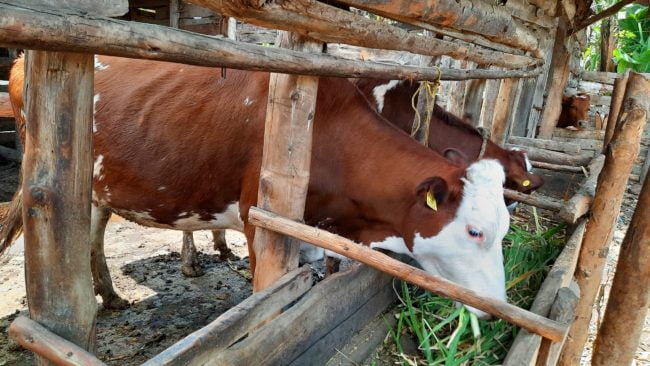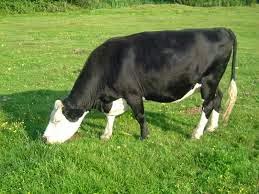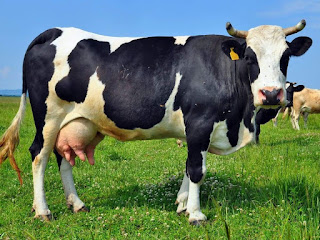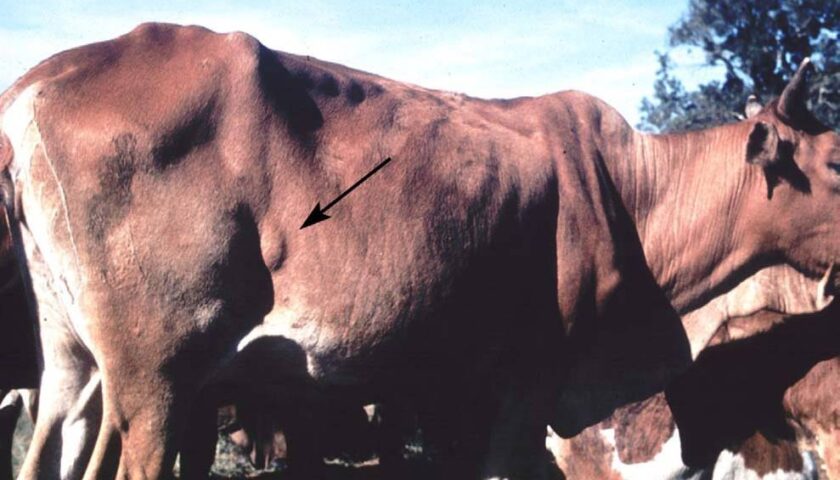Provide your cow with a complete diet, rich in nutrients, proteins, and vitamins, as well as adequate water. Feeding your cow any type of feed is not enough to ensure that your cow is healthy and produces enough milk. Just like humans, cows need a complete diet. Feed must have the right balance of ingredients.
Livestock need food that will provide them with energy, protein, minerals, and vitamins to build their bodies, produce milk, and reproduce. Young animals need adequate nutrients, so that they can grow and gain weight. Dairy cows need more nutrients to be able to produce milk in large quantities, especially during the first 3-4 months after calving, when milk production is highest. Green fodder is the main diet for livestock
An important and nutritious food for livestock is grass. But the best green fodder is that which can provide dairy cows with the essential nutrients they need. The best fodder has two important characteristics: it is green and young. This means that the grass must be cut and stored while it is still young and before it blooms.
The farmer must be aware that plants that have lost their true green color can only help livestock survive but do not contain essential nutrients to give the livestock strength, minerals, protein and cannot help in milk production. Feeds with low nutrient levels must be supplemented with a supplementary feed with sufficient nutrients that will fill the gap of missing nutrients.

Strengthening feeds.
All types of grasses are good sources of strengthening feeds for livestock, provided they are fed while still young. Popular grasses for grazing include reeds, cocoyam, elephant grass, seteria and Guatemala. Maize or sorghum leaves are excellent for strengthening livestock. Strengthening feeds should be fed in small quantities. These feeds can be from all types of cereals, wheat grains, or molasses.
Protein Sources.
* Rule 1:
Young plants contain more protein than mature plants. Young corn and sweet potato leaves are particularly high in protein.
* Rule 2 :
Legumes:
Legumes contain more protein than grasses. For example, the remains of bean leaves, peas, desmodium and lusina. Leaves from plants such as lusina, calliandra or sesbania also contain high levels of protein. Cattle should be fed with all types of the legume family at more than 30 percent of the feed mixture ratio to avoid health problems. Other types of protein-rich foods are cottonseed meal, sunflower meal and soybean meal.
Minerals:
Livestock need additional minerals. They must be available at all times, such as rock salt. Growing, pregnant, and lactating animals need large amounts of minerals, such as calcium and phosphorus. Legumes and other plants other than grasses provide large amounts of calcium and other minerals.
Bran:
Dairy meal is very high in minerals. But it is harmful to livestock if fed in large quantities. Grass-based feeds should remain the main food for livestock.
It is not recommended to feed more than 6 kg of bran per day to a 450 kg cow. It must be given in very small amounts, no more than 2 kg at a time and mixed with hay. Increase the amount of bran before and during lactation/milking, not to exceed 2 kg per week to allow the animal’s stomach to adjust.
Straw :
Experienced farmers add grasses and peas to their livestock’s diet. They may even temporarily omit bran or reduce the amount of bran used in this way. Research shows that 3 kg of grasses and legumes such as Desmodium or sweet potato leaves produce the same amount of milk as 1 kg of bran. Therefore, a farmer can save money by feeding his cattle legumes instead of buying other types of supplements.
First Mix.
| REQUIREMENTS | AMOUNT |
| Shredded Corn Stalks | Must 2 |
| Shredded Sweet Potato Leaves | Must 2 |
| Chopped beets | Must 2 |
| Corn | Sadoline 3 |
| Cotton Seed | Sadoline 1 and a Half |
| Cow Salt | 2 tablespoons |
Second Mix.
| REQUIREMENTS | AMOUNT |
| Shredded Corn Stalks | Must 2 |
| The dance is being performed. | Must 2 |
| Chopped beets | Must 2 |
| Pump | Sadoline 4 |
| Cow Salt | 2 tablespoons |





